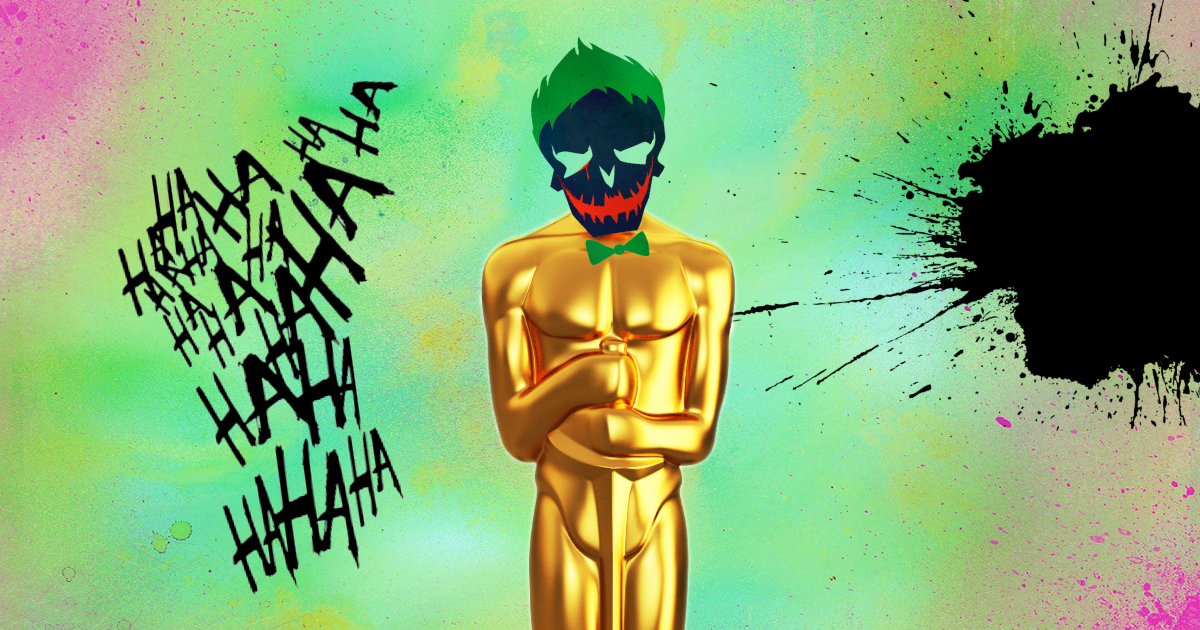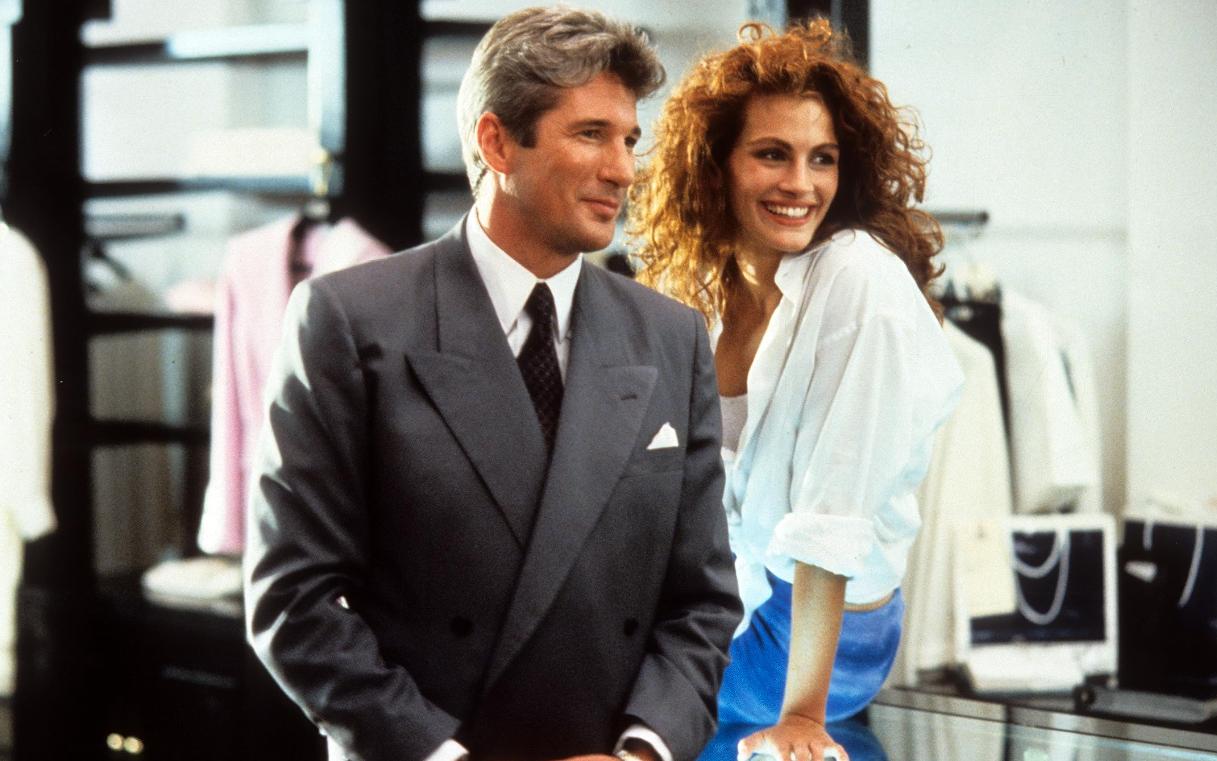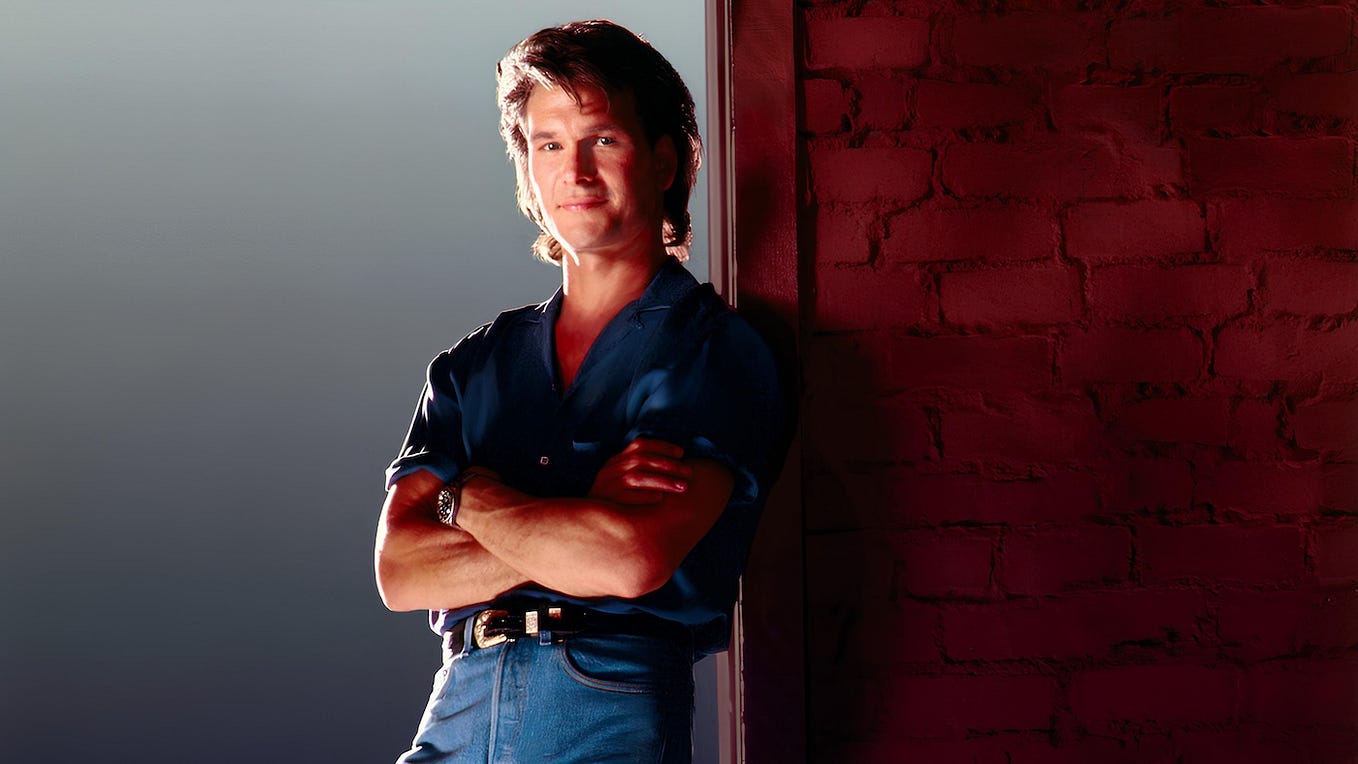My Favourite Underrated Sci-Fi Film: Contact
A perfect distillation of the science fiction genre
The notion of perfection within a genre, particularly like science fiction, is nebulous, in no small part because belief in what makes something sci-fi is as myriad as the stars. Is it the cerebral exploration of the unknown, a commentary and exploration of humanity, a clinical extrapolation of potential scientific possibility, or a machine for spectacle entertainment? Robert Zemeckis’s 1997 film Contact manages to be all those things and more.
From the minds of astronomer Carl Sagan and NASA Creative Director Ann Druyan, the story of Contact details Dr Eleanor “Ellie” Arroway (Jodie Foster), a scientist for SETI (Search for Extra-Terrestrial Intelligence) as she discovers a message seemingly of alien origin from the distant star of Vega.
From this, a portrait of grief, a picture of society, and a battle of ideals emerge on an internal and external stage. The best of science fiction, after all, is a journey both outward and within.
As one would expect from the people behind the original Cosmos, the film’s depiction of founded and speculative science has a pedigree above most other science fiction projects. In an article for The New York Times, Dr Shoshtak, a staff scientist at SETI when the film was released, said: “The number of errors I picked up you could count on one hand”.
Even in those areas where fact gives way to fiction, the concessions are in the name of a broader emotional truth or the audience’s interest. Ellie, for instance, would not hear the signal via her headphones at the VLA (Very Large Array) in New Mexico as she does in the film; this would likely only occur via computer scanning with Arecibo, with four times the collecting power as the VLA; however, having this line of communication come via human ears with Ellie alone beneath the stars and arrays is a profoundly romantic image.
Nevertheless, from in-jokes and short-hand that only the scientific community would notice, like when Ellie kisses her monitor and thanks “Elmer” — nickname for her FUDD (Follow-Up Detection Device), a specialised receiver used by real-life astronomers, to explanations of Drake’s Equation, and even having the film’s depiction of worm-hole travel based on a theoretical explanatory essay sought out from Cal Tech physicist Kip Thorn, there’s a grounding and ever-present feeling of the possible to the events of the film.
That worm-hole sequence is also one of the stellar special effects seen throughout the film, delivering the type of spectacle filmmaking one would expect a more blockbuster-type endeavour to produce.
Released in a sweet spot along Zemeckis’s technical toybox timeline, after the envelope-pushing work of Death Becomes Her and Forrest Gump but before the maddening descent into the depths of the uncanny valley that was The Polar Express and Beowulf, the film blends ground-breaking effects with classic Hollywood movie-making magic. This was achieved by pulling together VFX companies worldwide, not unlike the international collaboration required to seek the stars. The film utilised the talents of Sony Pictures Imageworks, Weta Digital, Industrial Light & Magic, Effects Associates, and even Pixar’s RenderMan.
Contact opens with what was, at the time, the longest continuous computer-generated sequence ever in a live-action movie. A virtual camera pulls slowly from Earth’s orbit, passes the moon, and moves further through our solar system. Beyond the ort cloud, nebulae, far beyond the spiral arm of our galaxy and into the shining cosmos until we emerge at the light within a young Arroway’s eye. We are, after all, made of star stuff.
Then there’s that mirror scene.
As young Ellie desperately runs to retrieve her father’s (David Morse) medicine from the upstairs bathroom, we track in front of her until she reaches her destination and realise we’re behind. All of this has been from the bathroom mirrors’ point of view as we pull back to have Ellie open the cabinet.
The simple solution, which is still difficult to fathom even after knowing, is that there is no mirror. It’s clever compositing, with this seemingly continuous shot being two shots and a still plate brought together with the help of a blue screen where the mirror would be. It’s a progression of a technique as old as the work of Georges Méiliès with silent-era matte composites or later three-strip technicolour processes, but with the advent of blue-screen pioneered in the 1970s.
However, the truly impactful element of this effect is not just its technical wonder but the human emotion at its centre. In one of the film’s home release commentary tracks, visual effects supervisors Ken Ralston and Stephen Rosenbaum explained that Zemeckis wanted to convey the intensity of Ellie’s emotional state without showing her father.
That blend of technology in service of emotion is present in the surreal and otherwordly alien recreation of Ellie’s childhood drawing as she, depending on your interpretation of the film, comes in contact with the Vegans in the form of her late father.
Parallel to her pursuit of alien intelligence, Ellie has been on a journey of finding solace and inspiration in the stars, fueled by her father’s encouragement and their shared fascination. Her unwavering belief in the existence of alien civilisations serves as a coping mechanism, allowing her to channel her pain into a quest for meaning and understanding.
That beach scene is a stage built of the past and the future, her loss and love permeating through space-time and whether by alien or aneurysm, she and, by extension, all of us who have lost a parent can perhaps feel some closure.
Although grief does not leave us, with life growing around it, the fact we live in an ever-expanding universe of possibilities means our capacity to grow beyond our own grief is just as limitless.
Whether or not this event occurred is one of the big questions left open by the film’s wisely changed ending. In an oral history for Vulture, Zemeckis reveals that when it was first offered to him:
“An early draft had the sky open up at the end, and all the aliens came down to prove that Ellie’s journey was truthful. And I just said, ‘No, thank you’.”
After his Oscar win for Forrest Gump, he was pulled back into the project’s orbit and given complete control. He changed the ending to a more ambiguous one, retaining the film’s themes of belief, hope, and faith.
That latter question of faith plays out on multiple fronts in Ellie’s relationship with soft-spoken spiritual adviser Palmer (Matthew McConaughey) and the destructive doctrine of Christian fundamentalist and terrorist Joseph (Jake Busey). While religion and science were certainly in conflict with one another back in the ’90s, the subsequent decades have led to a far more turbulent tête-à-tête, making this interplay far more a reflection of our current time than when it was released.
Throughout the film, we also see scientists fighting over funding and the Sisyphean tasks of pushing the pursuit of pure scientific inquiry against the incline of profit-driven capitalist interests. This is something Sagan himself lamented in response to the mothballing of crewed Moon missions and is still a factor today as adjusted for inflation, NASA’s budget has remained essentially unchanged since the film’s release some 27 years later (US$21.2 billion in 1997 versus US$24.8 billion in 2024).
More directly related to the film itself, however, was Senator Richard Bryan (D — NV) ‘s 1994 move to amend the NASA Appropriation Bill to end SETI, leading the institute to seek private funding from then on. In the film, this is in the form of enigmatic and mysterious benefactor SR Hatton (John Hurt), who opines: “The first rule in government spending is: Why build one when you can have two at twice the price?”
The film not only holds a mirror for us individually but also for us as a people. As the enormity of what Ellie and her team have discovered dawns on the world, as they have always done, religious corners seek to rebuke, corporations to profit, and the military to destroy.
Contact is a spiritual and scientific journey outward and within, providing space for both the cerebral and cathartic in a manner that a more clinical filmmaker could never achieve or, crucially, a cynical audience accept. No other science fiction film has managed to marry so many crucial and core components of the wide-reaching genre. Even this analysis will not have articulated it effectively enough — they should have sent a poet.










